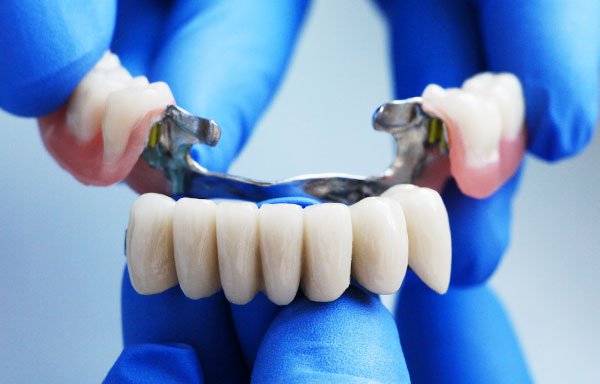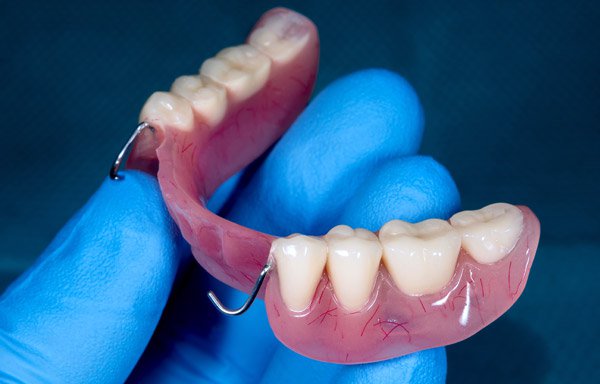Pulpotomy Miami
What exactly is a pulpotomy? Learn about this dental practice from CG Dental in Miami.
Pulpotomy Treatments for Miami
When the pulp of the tooth has become irreversibly infected and inflamed, affected portions of the pulp may need to be removed. As part of a comprehensive treatment plan, CG Smile pulpotomy treatments for Miami patients.
Pulpotomies are usually performed on children, often as part of an intervention when the coronal pulp of a tooth becomes infected beyond the point of treating it with a filling. Pulpotomies are used to treat cavities that extend to the pulp, but are also used to resolve treatment-resistant pulpitis as well as infections related to dental trauma.
Why Not Just Extract the Tooth?
The roots of deciduous teeth play an important role in helping the adult (primary) teeth erupt correctly. Part of the root of a baby tooth is actually absorbed into the jawbone and this process is helpful in preventing complications with the eruption of the adult teeth.
How do Pulpotomies Differ from Root Canal Treatments?
The primary difference between pulpotomies and root canal treatments is that pulpotomies are more focused on treating the pulp of the crown, whereas root canal treatments will sometimes remove the pulp from the root area of the tooth.
What Happens During a Pulpotomy?
Pulpotomies are fairly straightforward procedures that can be performed in just one visit. If you are scheduled for a pulpotomy, here is what you can expect:
- The general area around the infected tooth will be numbed using a local anesthetic.
- Any presence of decay on the surface of the tooth is removed.
- The dentist drills through the enamel and dentin in order to access the pulp chamber.
- The affected portion of the coronal pulp (pulp within the crown) is removed using specialized tools such as files and reamers, silverpoints, and/or rotary files.
- Once the pulp chamber is sterilized, it is then packed with a medicated filling and sealed. A crown may be placed on the tooth to reinforce it and prevent re-infection.
Treating SIP with Pulpotomy
In symptomatic irreversible pulpitis (SIP), portions of the tooth become irreversibly infected and inflamed, making recovery with a pulpotomy unlikely. Therefore, the inflamed and infected portion of the pulp should be removed. If the infection reaches the periapical tissues, then an apicoectomy may be the preferred treatment method.
One of the hallmark symptoms of SIP is sensitivity to hot and cold drinks, as well as positional and/or percussive pains when walking, running, using stairs, or bending over to pick up an object. The main symptomatic difference between SIP and SAP is that symptomatic apical periodontitis (SAP) patients will often feel pain when biting on the side of the mouth with the infected tooth.
Post-Pulpotomy Aftercare
Pulpotomies are typically performed prior to crown placement. Since some tissue is being removed, the tooth is generally weaker that before the procedure. To protect the tooth, the dentist may recommend having a crown placed. It’s important to attend regular checkups so the dentist can keep an eye on the tooth’s condition.
Plan for a Great Smile
Comprehensive dental exams allow dentist to gather all the information necessary to develop a long-term treatment plan. Ensure a future of beautiful, healthy smiles — schedule a comprehensive dental exam, today!
Replacing an Extracted or Missing Tooth
Thanks to modern dentistry, if you do have a missing tooth there are a variety of options when it comes time to replace it. Some standard tooth replacement procedures include:
Dental Bridges

Dental bridges can be used to replace a single tooth or even several teeth in a row.
Unlike partial dentures, dental bridges are permanently cemented into place and two crowns are used to anchor the restoration in place.
Dental Implants

Implants can be used to replace one, several, or all of a patient's natural teeth. Dental implants have become an increasingly popular procedure as they can help preserve the jawbone as well as retaining the esthetic of the patient’s smile.
Partial Dentures

When a patient is having several teeth extracted, partial dentures provide a suitable replacement. Partials prevent neighboring teeth from drifting out of place and also help to restore the appearance of the patient's smile.
Request a Consultation
If you have a teenager with a wisdom tooth erupting or you have a question on tooth extractions, contact CG Smile for a consultation.